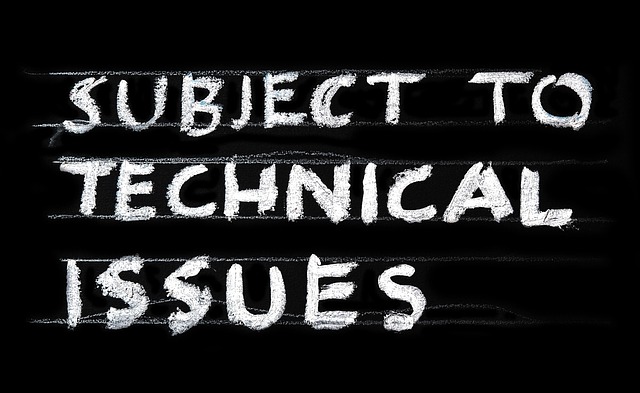Understanding Equity in Climate Change
The urgent crisis of climate change affects us all, but it does not impact everyone equally. Equity must be at the forefront of our discussions as we seek to bridge the gap in climate action and create a more sustainable environment for future generations. Recognizing the disparities that exist in who contributes to and suffers from climate change is essential in fostering a just response to this global issue.
The Unequal Impact of Climate Change
Climate change exacerbates existing inequalities, often hitting the most vulnerable communities the hardest. These are the communities that historically contribute the least to greenhouse gas emissions but face the greatest exposure to extreme weather events, rising sea levels, and food insecurity. For example, marginalized areas—often defined by socioeconomic status, race, or geographical location—tend to lack the resources needed to adapt to climate impacts. This raises critical questions of fairness and justice.
Integrating Equity into Climate Solutions
To address this disparity, equity must be woven into the fabric of climate solutions. This means ensuring that those most affected by climate change are included in decision-making processes. By amplifying the voices of marginalized communities, we can develop tailored strategies that not only benefit the environment but also promote social justice and equality. Community-led initiatives often yield transformative results, as they harness local knowledge and engage residents in sustainable practices.
Climate Action and Policy Considerations
National and global policies must include equity as a guiding principle. A just transition includes measures to offset the impacts of climate change on vulnerable populations, such as improving infrastructure in at-risk areas, providing financial assistance for adaptation, and implementing education programs that foster resilience. Countries must also recognize their historical emissions and provide support to developing nations, helping them build a sustainable future without repeating the mistakes of the past.
Empowering Local Communities
Empowering local communities is a crucial step toward achieving equity in climate action. Local solutions often yield the most effective and sustainable practices, as these communities are the ones who live with the consequences of climate action—or inaction. By investing in local knowledge, skills training, and economic opportunities within these communities, we can create a robust framework for addressing climate impacts while honoring the principles of equity.
The Role of Individuals in Promoting Equity
As individuals, we can contribute to these efforts by advocating for policy changes and supporting equitable climate initiatives. When we shift our focus toward environmental justice, we begin to recognize our interconnectedness in this global challenge. Personal choices, such as supporting local businesses and participating in community environmental projects, also play a pivotal role in promoting equity within our communities. Every small action can accumulate into a larger impact that champions equity in the climate discourse.
In summary, as we confront the pressing realities of climate change, it is vital to prioritize equity in our responses. By addressing the disparities that underpin this crisis, we can pave the way for a more sustainable and just environment for all.




